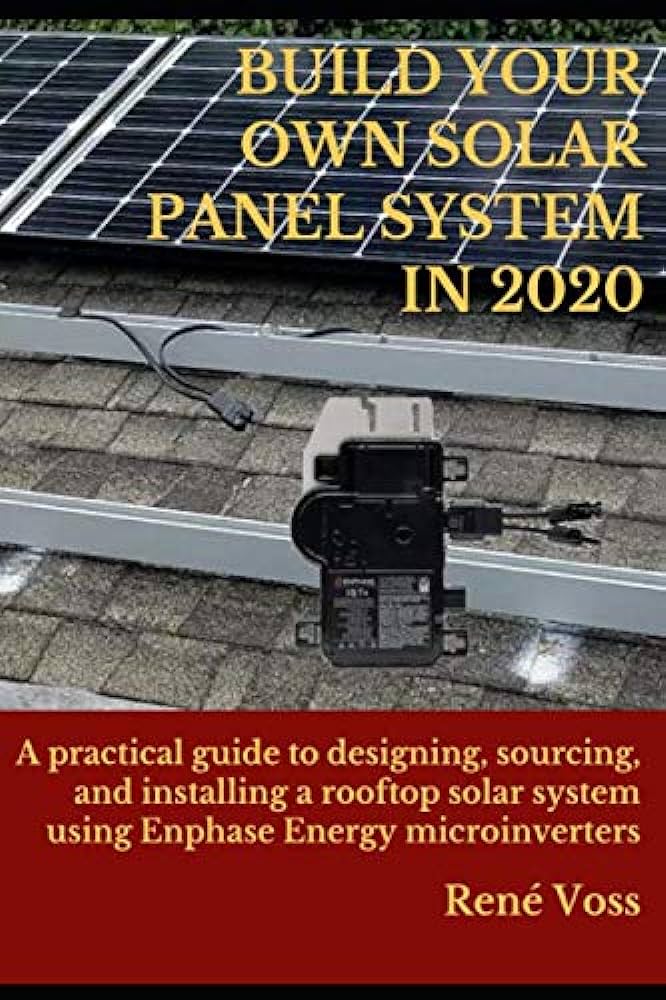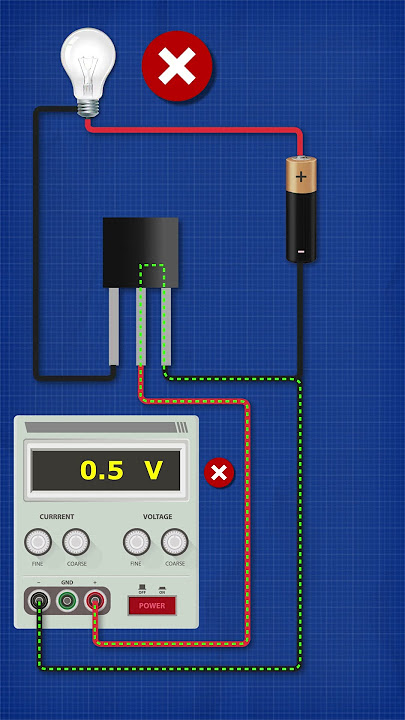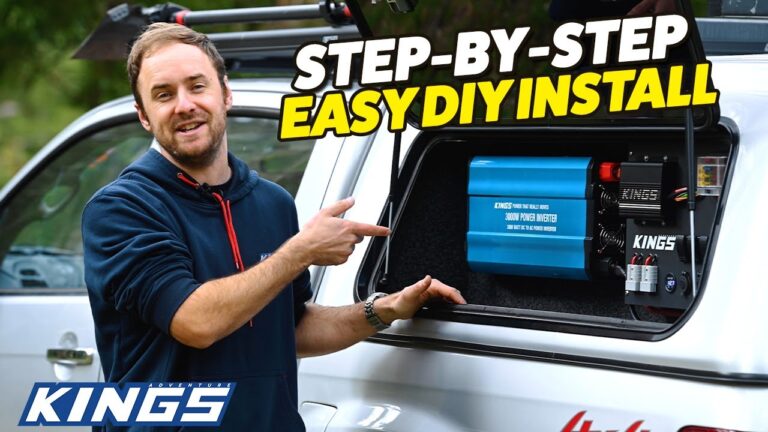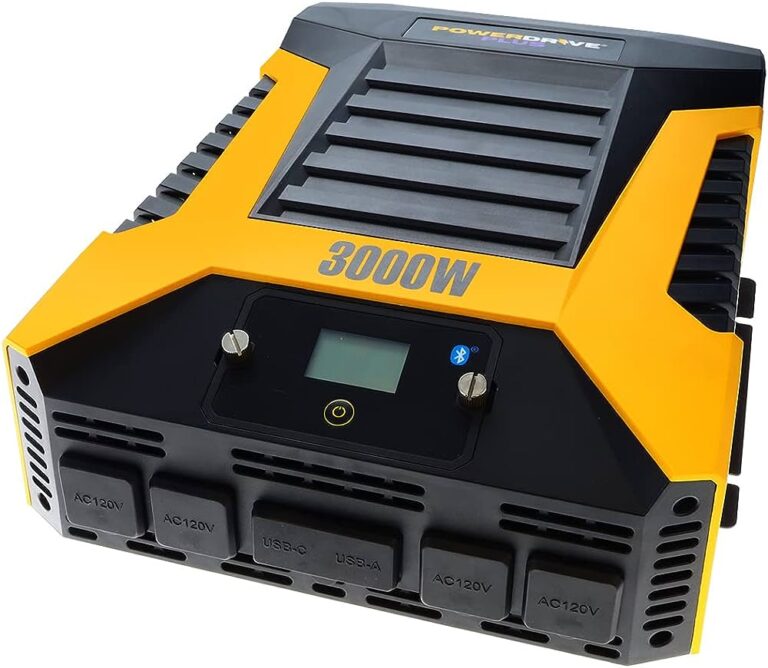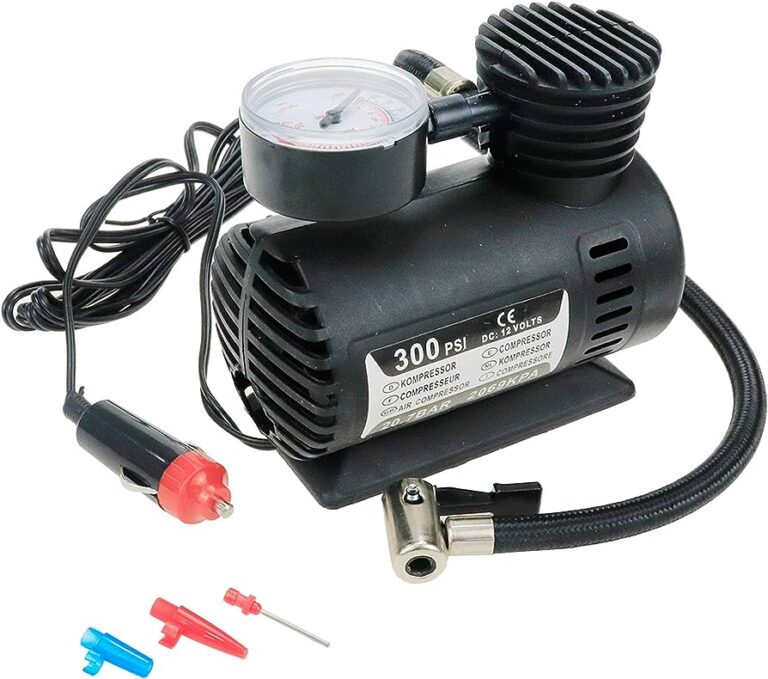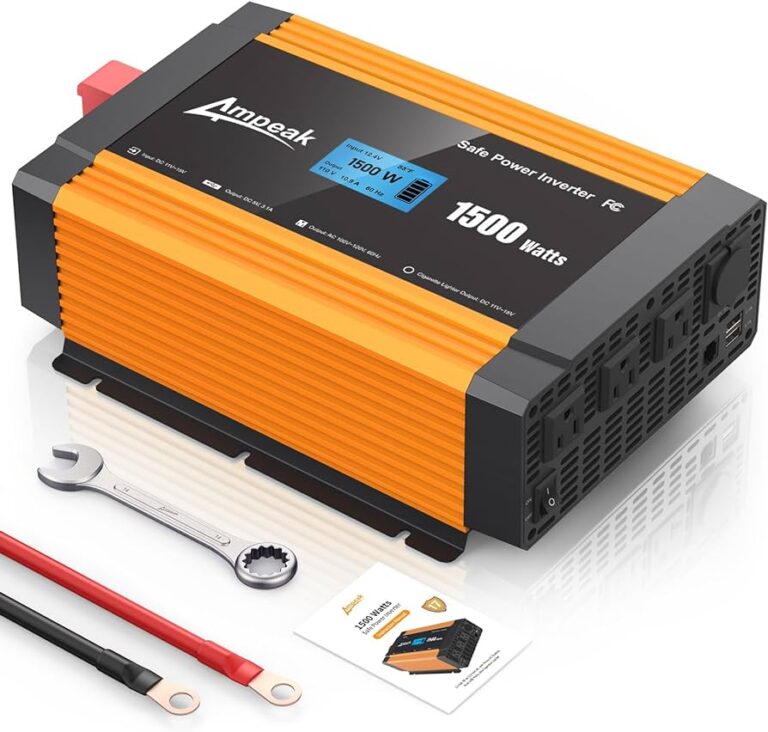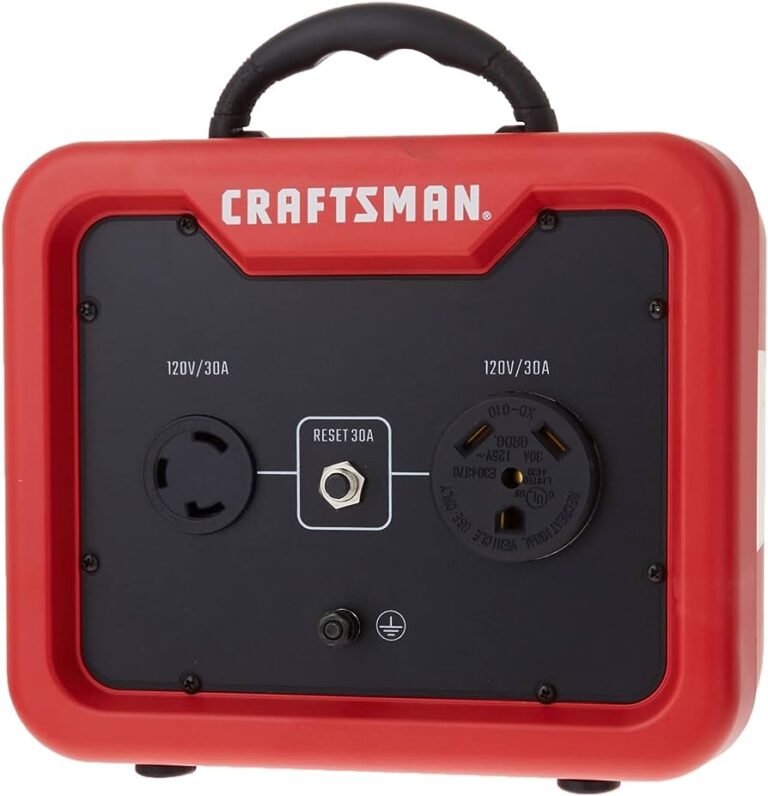How to Install Solar Panels With Micro Inverters: Step-by-Step Guide
To install solar panels with micro inverters, follow a step-by-step guide that includes wiring the panels, mounting the micro inverters, and connecting them to the grid tie system. These inverters, which can handle multiple panels, offer improved efficiency, reliability, and performance for the entire solar setup.
Additionally, microinverters allow each panel to work independently, minimizing the impact of any potential point of failure. In contrast to string inverters, micro inverters offer more flexibility and scalability in system design. With their ability to handle more power and connect to multiple panels, micro inverters are worth considering for a grid tie solar system.

Credit: www.gogreensolar.com
1. Understanding Micro Inverters And Their Benefits
Micro inverters play a crucial role in solar panel systems, offering several benefits over traditional string inverters. These miniature devices are responsible for converting the direct current (DC) produced by each solar panel into alternating current (AC) that can be used to power homes and businesses.
Unlike string inverters, which are connected to multiple solar panels in a series, micro inverters are installed on every individual panel. This allows for greater flexibility and optimization of the system, as each panel can operate independently, without being affected by the performance of the others.
By eliminating the need for a central inverter, micro inverters also improve the overall efficiency of the system and minimize the risks associated with shading or malfunctions. Additionally, micro inverters offer enhanced monitoring capabilities, enabling homeowners and installers to easily track the performance of each panel and quickly identify any issues.
With their advanced technology and numerous advantages, micro inverters are an excellent choice for those looking to install solar panel systems.
2. Preparing For Installation
Assessing the suitability of your roof for solar panel installation is the first step in preparing for installation. It’s important to determine the number of solar panels and micro inverters needed for your specific energy requirements. Additionally, obtaining necessary permits and approvals is crucial to ensure a smooth installation process.
By assessing your roof’s suitability, you can determine if it has enough space and receives adequate sunlight for optimal solar panel performance. Calculating the number of solar panels and micro inverters needed will help ensure you generate enough electricity to meet your energy needs.
Lastly, acquiring the necessary permits and approvals will ensure that your solar panel installation complies with local regulations and building codes. These steps are essential for a successful solar panel installation with micro inverters.
3. Installing Micro Inverters And Solar Panels
Micro inverters are a great addition to solar panel systems, providing enhanced efficiency and reliability. When it comes to installing micro inverters and solar panels, it is important to follow the proper steps. Firstly, you need to mount the micro inverters on the back of each solar panel.
This ensures proper connection and functionality. Next, you should connect the micro inverters to the solar panels, ensuring a secure and efficient connection. Finally, proper placement and wiring of the micro inverters is crucial for optimal performance. It is important to place them in the right location and ensure that the wiring is done correctly.
By following these guidelines, you can successfully install solar panels with micro inverters and enjoy the benefits of clean, renewable energy.
4. Connecting The Solar System To The Grid
When connecting the solar system to the grid with micro inverters, there are a few important steps to follow. First, it is crucial to install an AC disconnect switch and surge protector to ensure the safety of the system. This will help protect against power surges and electrical faults.
Additionally, proper grounding is essential for the system’s stability and safety. Grounding the solar panels and micro inverters will prevent any potential electrical issues. By following these steps, you can effectively connect your solar system to the grid with micro inverters.
5. Testing And Commissioning The System
Verifying the functionality of each micro inverter and solar panel is crucial during the testing and commissioning phase. By conducting electrical tests, you can ensure optimal performance of the entire system. It is also important to commission the solar system with the local utility company to ensure compliance with regulations and grid connection.
This step helps to establish a safe and reliable grid-tied solar power system. Testing and commissioning of the system play a vital role in identifying any issues or malfunctions before the system is fully operational. It guarantees that the solar panels with micro inverters are working efficiently and effectively.
With careful testing and commissioning, you can have peace of mind knowing that your solar system is installed correctly and ready to produce clean, renewable energy for years to come.
6. Maintenance And Monitoring
Regular maintenance tasks for micro inverters and solar panels include monitoring the system’s performance and troubleshooting common issues. It is important to understand the warranties provided by manufacturers and to know how to contact them for support when needed. By regularly monitoring the performance of the system, any issues can be identified and addressed promptly, ensuring optimal efficiency.
Troubleshooting common issues can help in identifying and resolving any technical problems that may arise. It is also essential to understand the warranties associated with micro inverters and solar panels, as this can help in seeking support and assistance from manufacturers if required.
Regular maintenance and monitoring are vital for the proper functioning of solar panels and micro inverters.
7. Maximizing The Benefits Of Solar Panels With Micro Inverters
One of the ways to maximize the benefits of solar panels is by using micro inverters. These inverters come with additional features and technologies that can enhance the performance of your solar system. They allow for optimizing energy production and minimizing costs.
By using micro inverters, you can have real-time monitoring of each panel’s performance. This helps in identifying any issues or inefficiencies and allows for quick troubleshooting. Additionally, micro inverters provide safety advantages by eliminating high-voltage DC wiring, making your solar system safer and more reliable.
There are also real-life examples and success stories of solar panel installations with micro inverters, showcasing the positive impact these inverters can have on energy production and overall system performance.
Frequently Asked Questions On How To Install Solar Panels With Micro Inverters
How Many Solar Panels Can A Micro Inverter Handle?
A micro inverter can handle up to four solar panels, allowing for increased power conversion.
How Do Micro Inverters Connect To The Grid?
Microinverters connect to the grid by being wired directly to each solar panel individually.
Are Solar Panels With Micro Inverters Worth It?
Microinverters in solar panels are worth it as they ensure efficiency, reliability, and improved performance of the entire system.
Do Micro Inverters Have To Be Grid-Tied?
Micro inverters do not have to be grid-tied.
Conclusion
To conclude, installing solar panels with micro inverters is a cost-effective and efficient way to harness solar energy. With micro inverters, each panel operates independently, ensuring the entire system works even if there’s a point of failure. This enhances the overall performance and reliability of the solar setup.
Furthermore, micro inverters allow for flexibility in system design and installation, as they can handle more power than ever before, with some models able to connect to four solar panels. This offers more options for homeowners and businesses looking to switch to solar energy.
Additionally, micro inverters are grid-tied, meaning they can easily connect to the electrical grid, enabling users to feed excess energy back into the grid and receive credits or compensation. Overall, by utilizing micro inverters, you can maximize the efficiency and scalability of your solar panel system, paving the way for a more sustainable and energy-efficient future.

